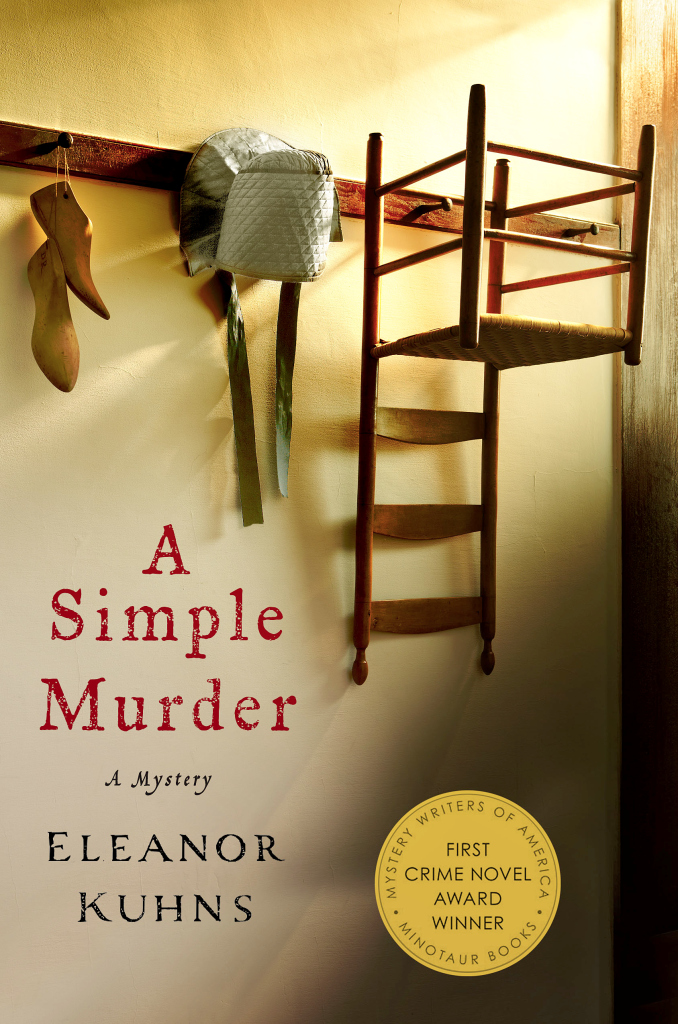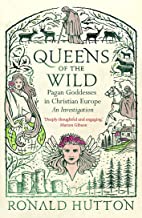The first book I read this week was A Simple Murder by Linda Castillo.

I chose it because it shares a title with my first Will Rees mystery series.

I also enjoy Linda’s books and have read them all. This work consists of five interlinked short stories, all starring Kate Burkholder and the Amish.U admit I prefer her novels but these were fun and were a little lighter than her novels. (It seems funny to consider murder mysteries ‘lighter’,)
The second book is Queens of the Wild; Pagan Goddesses in Christian Europe. This is nonfiction; a study of Mother Earth, the Fairy Queen, Mistress of the Night and the Old Woman of Gaelic Tradition. Hutton challenges most of the current scholarship in claiming these are NOT pre-Christian Goddesses.

I am reading it as part of my research for the new series I am working on. It will take place in Bronze Age Crete. Women figured prominently in this society and the mosaics, seals and other artifacts discovered seemed to indicate, not only a Goddess as the supreme being, but the importance of women.
Why do I find the Hutton work so disturbing?
When I began my research into what is popularly known as the Minoan Civilization, I began with a work by Nilsson, one of the first archaeologists to dig in Knossos. He was convinced that the many depictions of women in the mosaics, including a very famous one showing them participating in bull leaping, had to be showing Goddesses. Why? Because women simply couldn’t be that important. His prejudices were clear and informed his interpretation of this ancient civilization.
Granted, understanding a society that is separated from us by over 3000 years is very difficult, especially when one is working with mosaics, jewelry, seals and other artifacts, (no newpapers or written records to help) as the clues to interpret the inner workings of a culture. With that said, however, the lesson I took away is that we all judge based on the cultural mores we’ve internalized. It is important not to assume that because gender roles in the early twentieth century followed one pattern that they were set and unchangeable, and fit every human society. Most scholars now posit that women were indeed that important in that society.
So, back to Hutton. I admit I haven’t quite finished this work and maybe I will agree with him more when I’m done than I do now. His focus does appear to be more about the Christian world of the early Middle Ages and a discussion of how these pagan goddesses came to be in a Christian society. We shall see.
